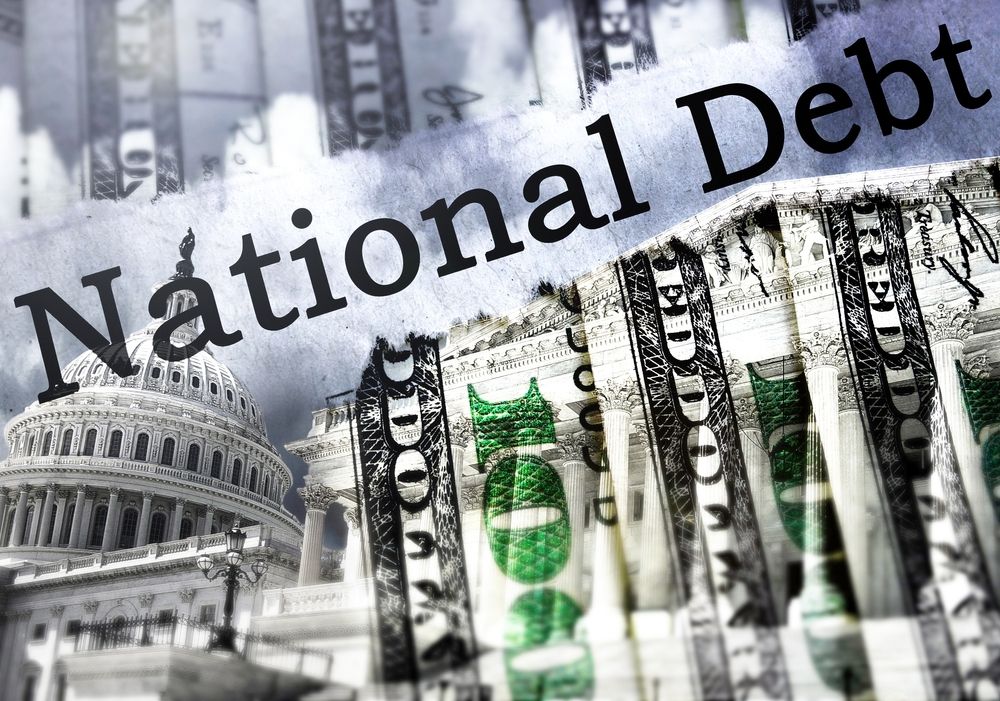
National debt is an essential aspect of a country’s financial health and a significant concern for economists, policymakers, and the general public. It refers to the total amount of money that a government owes to creditors, which can include domestic or foreign individuals, businesses, and other governments. The level of national debt can be an indicator of a nation’s ability to manage its finances and sustain economic growth. Understanding how national debt works, its economic implications, and its direct and indirect effects on personal finances is crucial for both informed citizens and decision-makers. Furthermore, recognizing the risks associated with high national debt and identifying possible mitigation strategies are vital steps in ensuring a nation’s long-term fiscal stability. This discussion delves into these various aspects to provide a comprehensive understanding of national debt and its significance.
Understanding National Debt
National debt accumulates when a government spends more than it earns in revenue, typically through taxes and other income sources. The gap between expenditure and revenue is financed through borrowing, which can be done by issuing government bonds, taking loans from international financial institutions, or other means. National debt is often categorized into two types: internal debt, owed to lenders within the country, and external debt, owed to foreign lenders.
A certain level of national debt is not inherently problematic; in fact, it can be beneficial. Borrowing allows governments to invest in infrastructure, education, healthcare, and other vital services that can stimulate economic growth. However, the sustainability of national debt depends on a country’s economic capacity to repay its obligations without compromising its economic stability and growth prospects.
Economic Implications of High National Debt
When national debt reaches high levels relative to a country’s gross domestic product (GDP), it can have several economic implications. High debt can lead to increased interest rates as the government competes with the private sector for limited funds. This scenario can crowd out private investment, leading to reduced capital formation and slower economic growth.
Moreover, high debt levels may raise concerns among investors about a government’s solvency, potentially leading to a loss of confidence and higher borrowing costs. In extreme cases, it can result in a sovereign debt crisis, where a government struggles to meet its debt obligations, triggering economic instability and potentially requiring international bailouts.
High national debt can also limit a government’s fiscal flexibility. With a significant portion of revenue going towards servicing debt, there may be less available for public services or to respond to economic downturns and emergencies. This situation can lead to austerity measures, such as cuts in public spending or increases in taxes, which can further dampen economic growth.
Direct Effects on Personal Finances
The direct effects of high national debt on personal finances can be felt through changes in taxation and government spending. To manage and service the debt, governments may need to increase taxes, which can reduce disposable income for individuals and households. This reduction in income can lead to decreased consumption and savings, limiting personal financial growth and stability.
Government spending cuts, another common measure to deal with high debt, can result in reduced public services such as healthcare, education, and social security benefits. These cuts can increase out-of-pocket expenses for individuals, as they may need to seek alternatives in the private sector or shoulder more of the costs themselves.
Indirect Effects on Personal Finances
The indirect effects of high national debt on personal finances often manifest through the broader economy. For instance, if high debt levels lead to increased interest rates, this can affect the cost of borrowing for individuals, making mortgages, car loans, and credit card debt more expensive. It can also influence investment returns, as higher interest rates can depress stock and bond prices, affecting personal investment portfolios and retirement savings.
Furthermore, if high national debt results in economic instability or slower growth, this can lead to higher unemployment rates and lower wage growth, impacting individuals’ earning potential. For those on fixed incomes or pensions, high inflation resulting from debt-induced economic policies can erode purchasing power and reduce the standard of living.
Risks and Mitigation Strategies
The risks associated with high national debt are significant and can lead to long-term economic challenges. To mitigate these risks, governments can adopt a range of strategies. Fiscal responsibility, involving balanced budgets and prudent spending, is critical. Structural reforms that enhance economic efficiency, improve tax collection, and reduce corruption can also help manage debt levels.
On the monetary policy front, central banks can aim for low and stable inflation rates, which can help maintain investor confidence and support economic growth. Additionally, governments can work to stimulate the economy through investments in infrastructure and human capital, which can increase productivity and GDP growth, improving the debt-to-GDP ratio over time.
National debt is a complex issue with profound implications for a country’s economic health and the personal finances of its citizens. While borrowing is a necessary tool for governments to finance public services and investments, high levels of national debt can lead to various economic challenges, including higher interest rates, reduced investment, and fiscal constraints. These challenges have both direct and indirect effects on personal finances, influencing taxation, government spending, borrowing costs, and investment returns.
To navigate the risks associated with high national debt, governments must employ a combination of fiscal discipline, structural reforms, and growth-oriented strategies. By doing so, they can maintain a sustainable debt level that supports economic stability and growth while safeguarding the financial wellbeing of individuals. As citizens and stakeholders in our respective nations, it is crucial to stay informed about national debt dynamics and advocate for responsible fiscal policies that ensure long-term prosperity for all.
